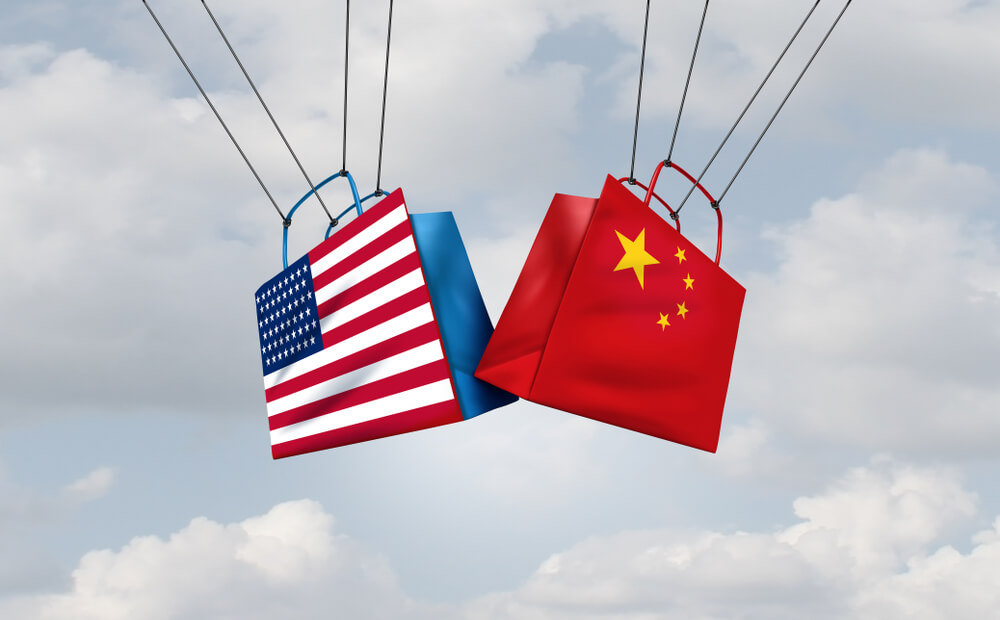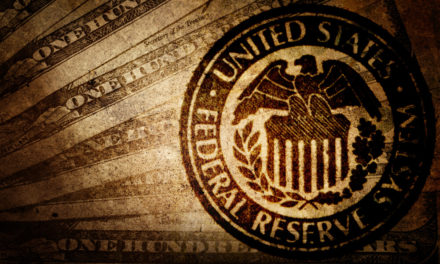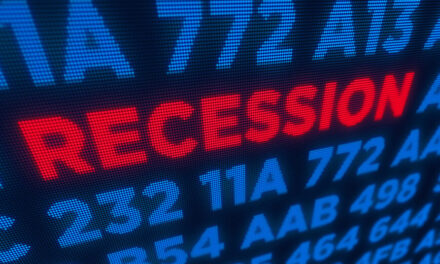Consumer sentiment in the United States fell to a 2019-low 92.1 in August, according to a report released Friday, as consumers wrestle with a market swinging on the whims of a never-ending trade war.
The University of Michigan’s preliminary reported numbers for August in the Survey of Consumers are well below Wall Street estimates, according to CNBC. A poll from Refinitiv shows economists thought the number would be closer to 97, down from 98.4 in July.
The losses weren’t contained to a single sector, either. Businesses dealing with new tariffs imposed by both the U.S. and China have had to cut spending to counteract the impact of losses, according to the report. Poor consumer sentiment means those businesses’ efforts may not be enough to quell concerns about the future.
“Monetary and trade policies have heightened consumer uncertainty — but not pessimism — about their future financial prospects,” wrote Richard Curtin, chief economist of the survey.
“Consumers strongly reacted to the proposed September increase in tariffs on Chinese imports, spontaneously cited by 33% of all consumers in early August, barely below the recent peak of 37%,” he wrote.
Those concerns may have stemmed from President Donald Trump’s recent announcement of a new round of tariffs on Chinese imports like clothing and electronics that would likely have an impact on the upcoming holiday season. The tariffs were supposed to go into effect on Sept. 1, but Trump called off some of the levies and delayed others to help ease some concerns.
“Although the announced delay until Christmas postpones its negative impact on consumer prices, it still raises concerns about future price increases,” Curtin said. “The main takeaway for consumers from the first cut in interest rates in a decade was to increase apprehensions about a possible recession.”
It’s not all negative on the consumer front, though. The Commerce Department released its July retail sales figures on Thursday, and it showed spending increases of 0.7% at retail stores and restaurants. That followed June’s solid 0.3% increase, showing consumers have the money right now to drive the economy forward.




